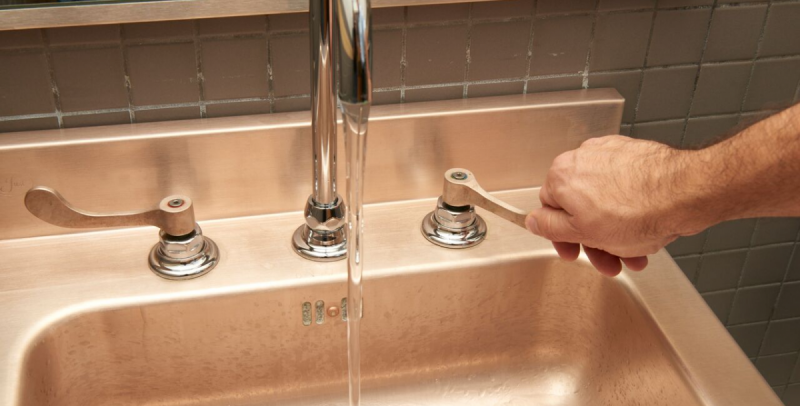EPA Registration Copper Stewardship Site
After rigorous testing and evaluation, the U.S. Environmental Protection Agency registered copper alloys as antimicrobial public health materials. Frequently touched surfaces made from uncoated EPA-registered copper alloy materials continuously kill bacteria* within two hours of contact when cleaned regularly.

Over 500 copper alloy chemistries are currently registered under the U.S. Federal Insecticide, Fungicide, and Rodenticide Act's no "unreasonable adverse effects" standard which signifies that products made from these materials are effective and pose no risks to public health or the environment.
As a condition of the registration, EPA required the development of this "Stewardship" website to serve as an information clearinghouse and resource for conveying accurate information to the public and the infection control community about the efficacy and proper use and care of antimicrobial copper alloy materials. The website also contains guidance on permissible advertising claims for EPA-registered raw material and product suppliers.
NOTE: Due to an influx of inquiries from the media and external stakeholders, see the following page for clarifying statements on copper alloys and COVID-19 developed as part of CDA's EPA-mandated Stewardship Plan:
